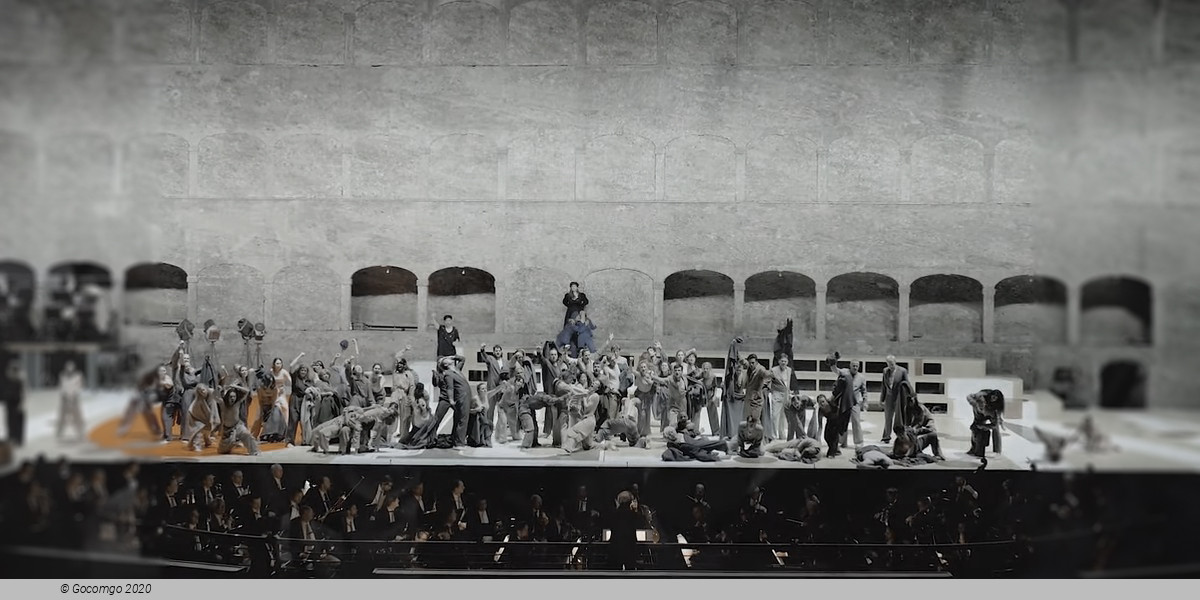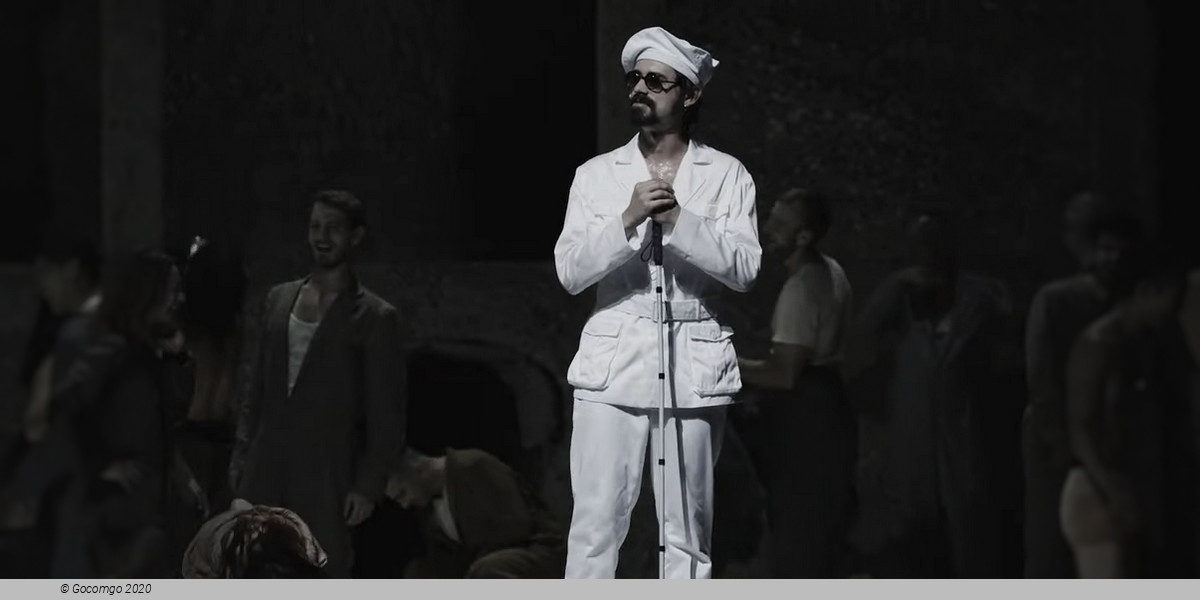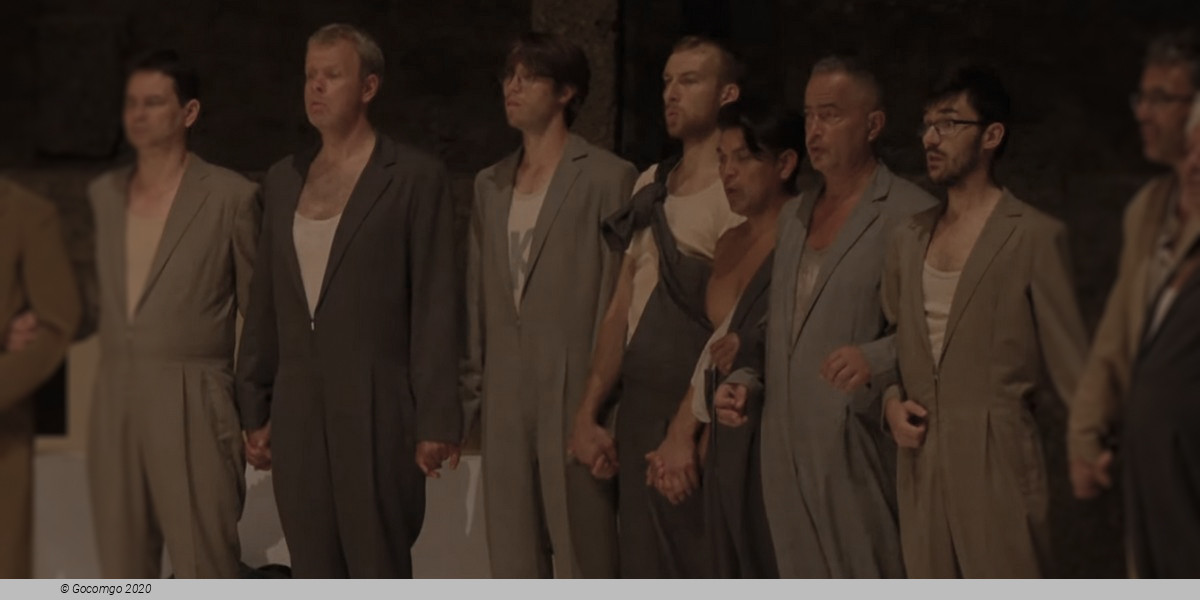Welcome to one of Brazil's greatest opera houses. Theatro Municipal de São Paulo doors open to the city and the world, a stage prepared to create and deliver memorable and accessible experiences, welcoming classical and contemporary artistic expressions.
The luxurious building, visibly influenced by European opera houses, was built as an aspirational symbol of São Paulo's high society, which, with the abundance of the coffee cycle, desired a performance venue worthy of its European wealth and ambitions to host the great artists of lyrical music and theater.
The project, designed by the Ramos de Azevedo firm—in collaboration with Italians Cláudio Rossi and Domiziano Rossi—began in 1903 and was handed over to the city eight years later. In September 1911, the Municipal Theater opened to distinguished guests before a crowd of 20,000 people, dazzled by the pomp and spectacular lighting for the time—the building was the first to be fully powered by electricity.
The Municipal's stage featured the most important companies of the first half of the 20th century, featuring names such as Enrico Caruso, Maria Callas, Bidu Sayão, Arturo Toscanini, Camargo Guarnieri, Villa-Lobos, Francisco Mignone, Ana Pawlova, Arthur Rubinstein, Claudio Arrau, Duke Ellington, Ella Fitzgerald, Isadora Duncan, Nijinsky, and Baryshnikov, among many others. Always extending beyond the classical scene, it crowned its cosmopolitan vocation by hosting one of the most important events in the history of the arts in Brazil, the SEMANA DE 22 (WEEK OF '22), featuring Mário and Oswald de Andrade, Anita Malfatti, and many other celebrated young artists who launched the Brazilian modernist movement.
In its over 100-year history, three major renovations have preserved, renovated, and expanded the Theater, which now boasts a restored building. In 2012, the Praça das Artes facility was created to house artistic groups, the municipal music and dance schools, and the multiple activities of the Municipal Theater Complex.





 Praça Ramos de Azevedo, s/n
Praça Ramos de Azevedo, s/n